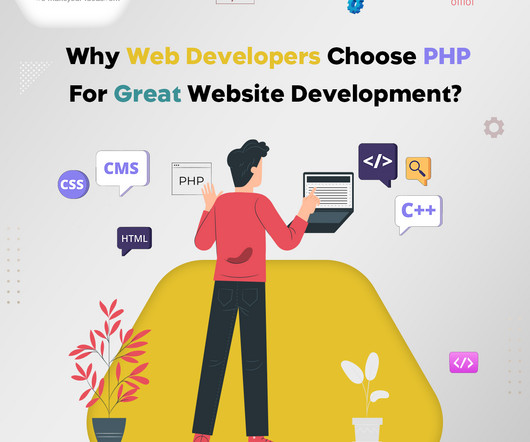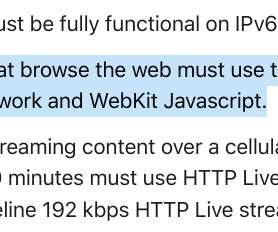Why Web Developers Choose PHP For Great Website Development?
Official Blog - World Web Technology
NOVEMBER 9, 2023
Easy to Integrate with Databases PHP has built-in solid support for working with databases, making it perfect for making websites driven by databases. It works with many databases, including well-known ones like Oracle, MySQL, and PostgreSQL. Can PHP run on different platforms and operating systems?












Let's personalize your content